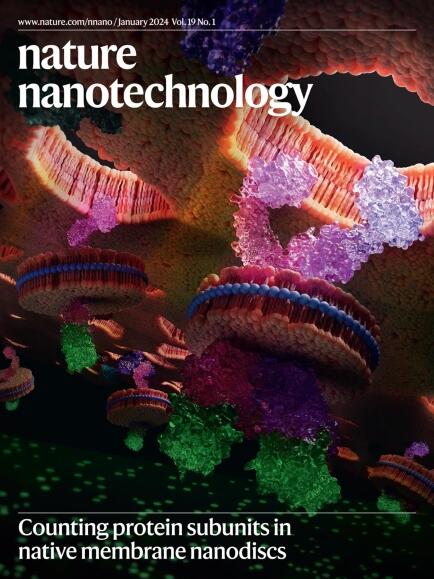黑磷纳米片促进线粒体氧化磷酸化,改善免疫治疗结果。
IF 34.9
1区 材料科学
Q1 MATERIALS SCIENCE, MULTIDISCIPLINARY
引用次数: 0
摘要
调节细胞内磷可能影响多种生物合成过程并调节癌细胞的进展。本研究表明,外源性聚乙二醇化黑磷纳米片(BPP)在肿瘤细胞中代谢为磷酸盐,促进线粒体氧化磷酸化。这导致了几种信号通路的调节,伴随着促生存基因表达的衰减和黑色素瘤细胞中PD-L1蛋白表达的减少,导致癌症进展受损。我们还发现,BPP促进了免疫调节的激活,证实了血清中促炎细胞因子含量的增加,肿瘤浸润淋巴细胞CD8+ T细胞的高表达,肿瘤和淋巴结中CD4+调节性T细胞的低表达。在脾脏中,BPP介导效应记忆CD8+ T细胞浓度的显著增加,诱导免疫微环境的“正向调节”。PD-1/PD-L1抑制剂的引入进一步增强了免疫增强作用。这些发现可能将BPP定义为一种双重功能的肿瘤化疗药物和免疫增强剂。本文章由计算机程序翻译,如有差异,请以英文原文为准。
Black phosphorus nanosheets boost mitochondrial oxidative phosphorylation improving immunotherapy outcomes.
Regulating intracellular phosphorus may affect multiple biosynthetic processes and modulate cancer cell progression. Here we show that exogenous PEGylated black phosphorus nanosheets (BPP) are metabolized into phosphate in tumor cells, where they boost mitochondrial oxidative phosphorylation. This results in the modulation of several signalling pathways, with the attenuation of prosurvival gene expression and reduction in PD-L1 protein expression in melanoma cells, leading to impaired cancer progression. We also reveal that BPP promote the activation of immune regulation, confirmed by the increased proinflammatory cytokine content in serum, high expression of tumour-infiltrating lymphocyte CD8+ T cells and lower expression of CD4+ regulatory T cells in tumour and lymph nodes. In the spleen, BPP mediate a significant increase in the concentration of effector memory CD8+ T cells, inducing a 'positive regulation' of the immune microenvironment. The introduction of a PD-1/PD-L1 inhibitor further enhances the immunopotentiation effect. These findings may define BPP as a dual-function tumour chemotherapeutic and immunopotentiator.
求助全文
通过发布文献求助,成功后即可免费获取论文全文。
去求助
来源期刊

Nature nanotechnology
工程技术-材料科学:综合
CiteScore
59.70
自引率
0.80%
发文量
196
审稿时长
4-8 weeks
期刊介绍:
Nature Nanotechnology is a prestigious journal that publishes high-quality papers in various areas of nanoscience and nanotechnology. The journal focuses on the design, characterization, and production of structures, devices, and systems that manipulate and control materials at atomic, molecular, and macromolecular scales. It encompasses both bottom-up and top-down approaches, as well as their combinations.
Furthermore, Nature Nanotechnology fosters the exchange of ideas among researchers from diverse disciplines such as chemistry, physics, material science, biomedical research, engineering, and more. It promotes collaboration at the forefront of this multidisciplinary field. The journal covers a wide range of topics, from fundamental research in physics, chemistry, and biology, including computational work and simulations, to the development of innovative devices and technologies for various industrial sectors such as information technology, medicine, manufacturing, high-performance materials, energy, and environmental technologies. It includes coverage of organic, inorganic, and hybrid materials.
 求助内容:
求助内容: 应助结果提醒方式:
应助结果提醒方式:


